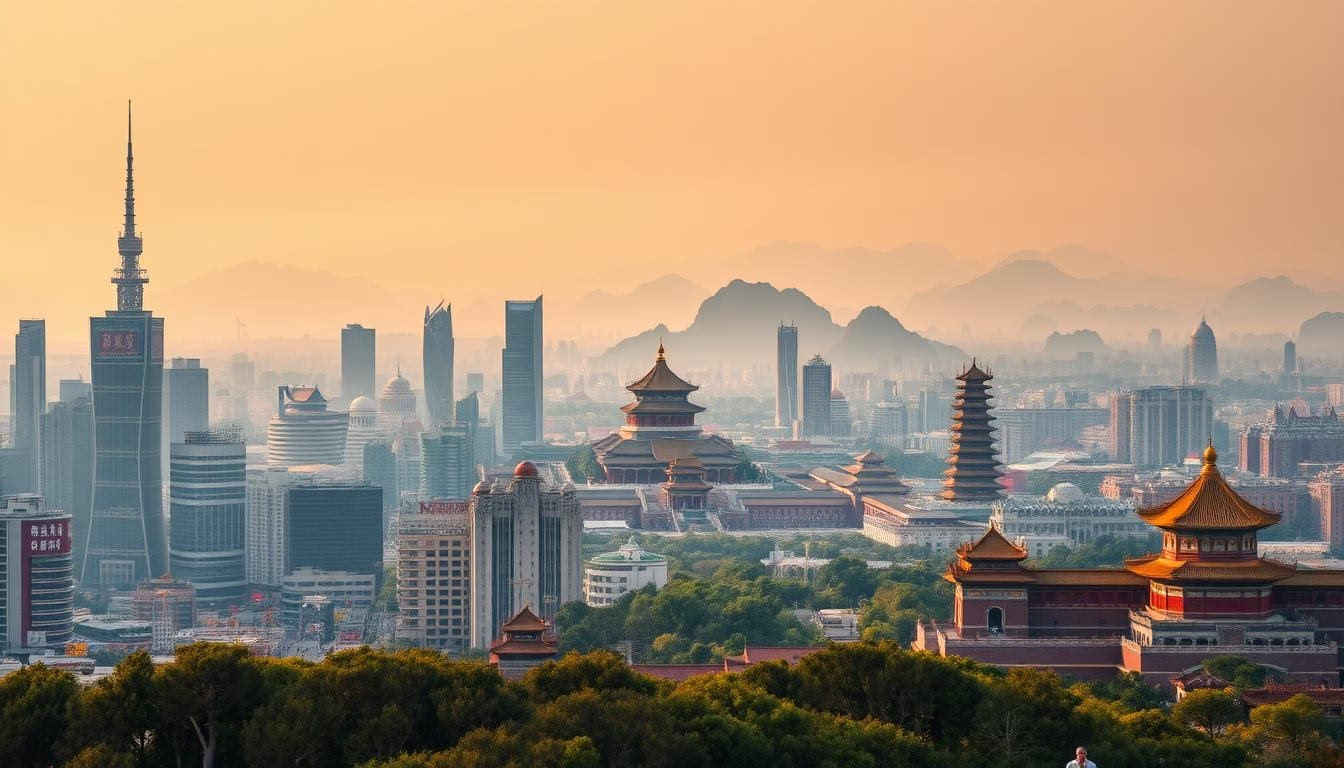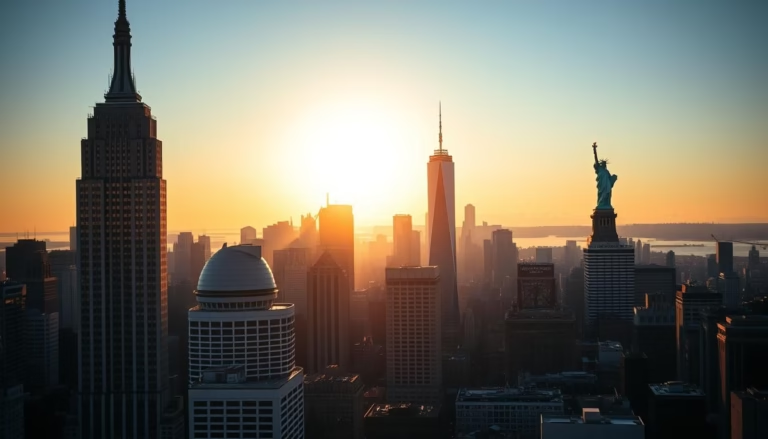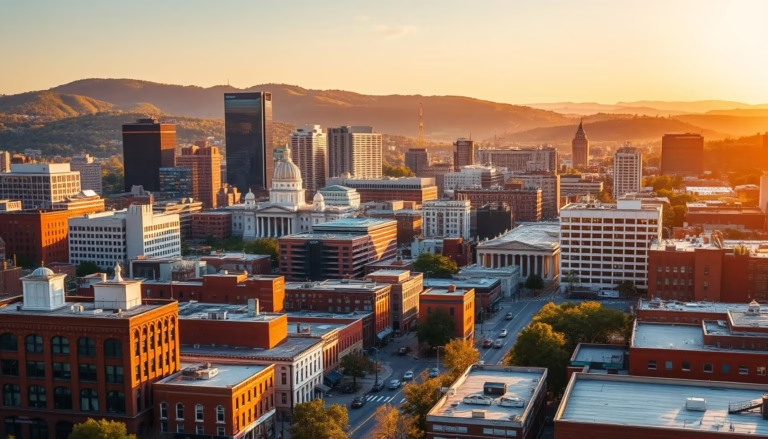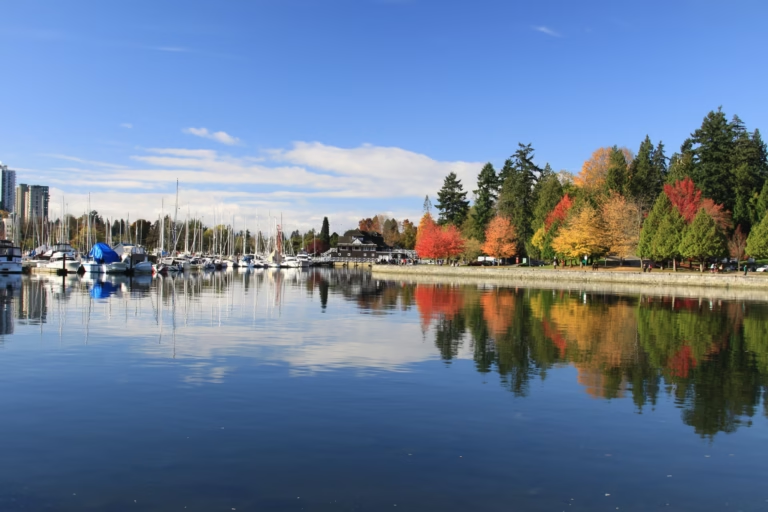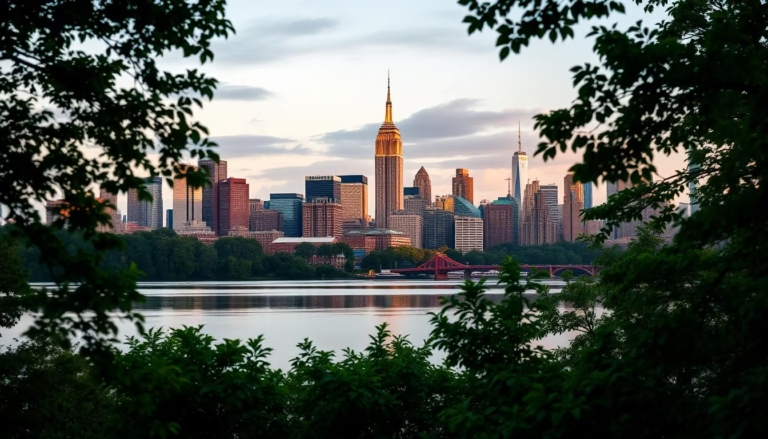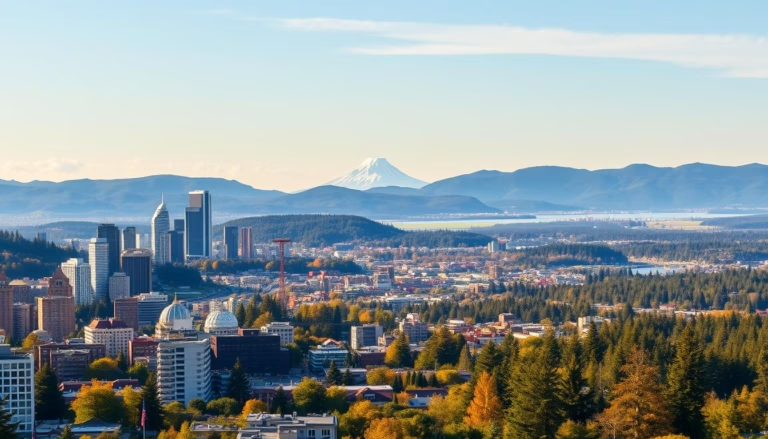Top Best Cities to Visit in China for Travelers
Did you know China contains 160+ urban areas with populations exceeding 1 million? This cultural powerhouse blends 5,000 years of history with space-age architecture, creating destinations unlike anywhere else on Earth.
From Beijing’s Forbidden City to Shanghai’s LED-lit skyline, this nation offers staggering contrasts. Regional differences in cuisine, dialects, and traditions mean every destination feels distinct. You could spend months exploring imperial relics in Xi’an, bargaining in Guangzhou’s markets, or hiking through Guilin’s misty peaks.
Our guide focuses on must-see urban centers that reveal China’s true spirit. We’ve balanced iconic landmarks with underrated gems where you’ll encounter authentic daily life. Whether you crave bustling night markets or serene Buddhist temples, these locations deliver unforgettable moments.
Key Takeaways
- China’s size creates dramatic regional variations in culture, landscapes, and cuisine
- Major hubs like Beijing and Shanghai showcase both ancient sites and modern engineering
- Lesser-known cities offer crowd-free access to UNESCO sites and natural wonders
- Efficient public transit makes multi-city itineraries surprisingly manageable
- Each season brings unique festivals, from spring blossom viewings to winter ice sculptures
Introduction to China’s Rich Cultural Tapestry
Imagine walking through a 3,000-year timeline where Tang Dynasty poetry scrolls hang in museums next to holographic art exhibits. This is modern China – a place where history breathes alongside innovation. The country’s cultural identity thrives through regional contrasts, creating a mosaic of traditions that shift dramatically between provinces.
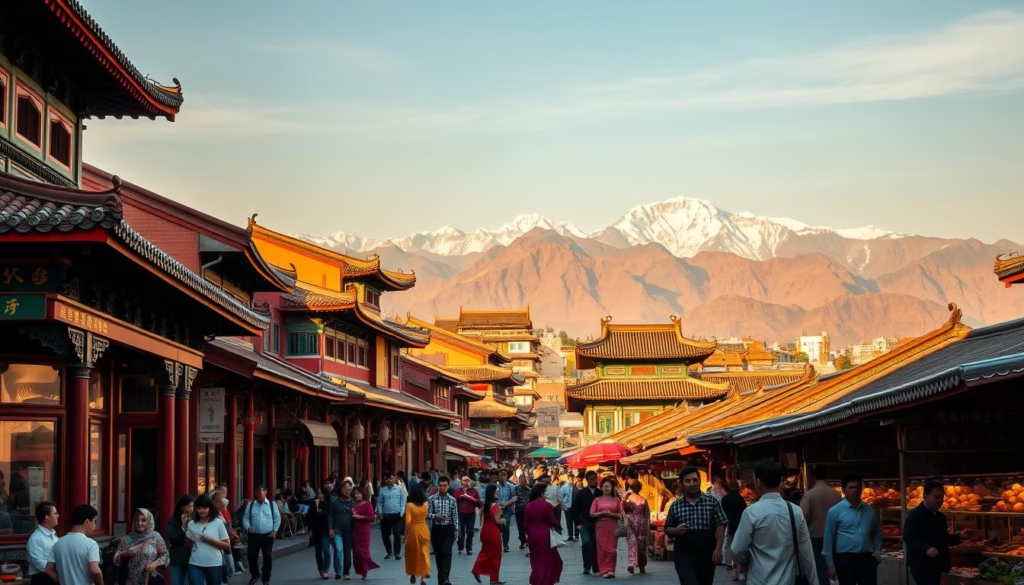
Where Dynasties Meet Digital
Northern regions preserve imperial legacies in crimson-walled palaces, while southern areas buzz with tropical energy. You’ll hear four distinct Chinese dialects before lunch and spot farmers drying chili peppers near AI-powered smart factories. The harmony of old and new appears in everyday moments: calligraphy masters teaching children brushstrokes outside subway stations whisking commuters at 268 mph.
Feast for the Senses
Every city offers its own rhythm. Sizzling woks perfume alleys where recipes haven’t changed in eight generations, yet meal payments happen via facial recognition. Travelers exploring urban centers discover tea houses serving pu’er in porcelain cups just blocks from robot-staffed bubble tea shops. This isn’t just sightseeing – it’s time-traveling through flavors, sounds, and stories.
Beijing – The Heart of China
Stepping into this ancient capital feels like opening a living history book. As the political nucleus for eight centuries, Beijing pulses with stories etched in crimson palace walls and whispered through narrow alleyways. Six UNESCO sites crown the city, blending imperial grandeur with vibrant modern energy.
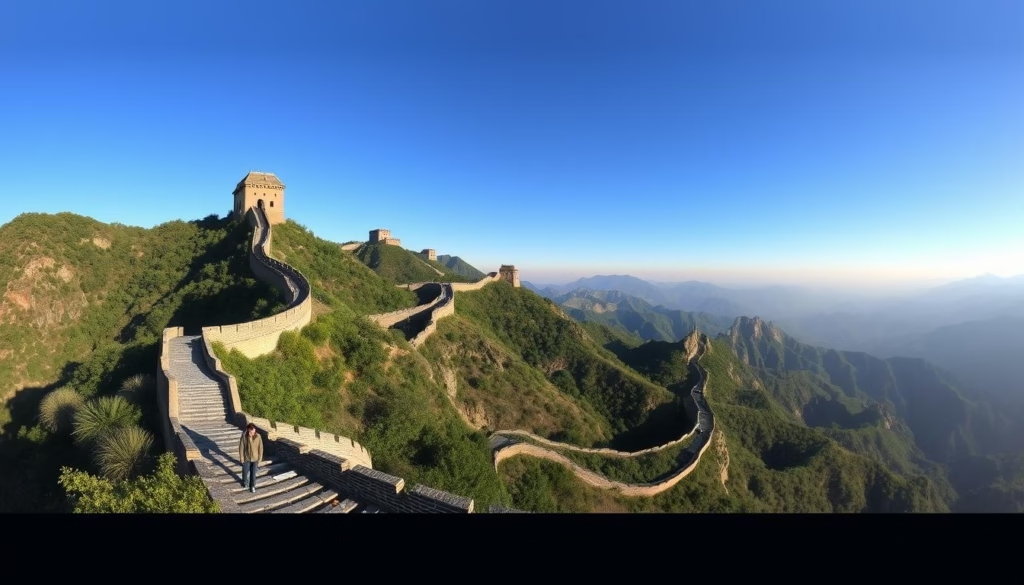
Where Emperors Walked
The Forbidden City’s 980 buildings sprawl across 178 acres, revealing Ming Dynasty splendor. Neighboring Tiananmen Square showcases modern milestones, its vastness contrasting with intricate palace details. Just beyond the urban bustle, the Great Wall of China snakes across mountains. Mutianyu section’s cable cars help visitors conquer steep climbs, while Huanghuacheng rewards hikers with lakeside views.
Flavors That Define a Culture
Peking Duck’s crispy skin and tender meat became the city’s culinary signature. Locals swear by hole-in-the-wall spots where ducks roast in fruitwood ovens. Don’t miss hutong snacks either – steaming jianbing crepes from street carts or fragrant zhajiangmian noodles in courtyard eateries.
Wander traditional neighborhoods to hear Mandarin’s clearest dialect, born here. These maze-like alleys hide tea houses serving pu’er since Qing Dynasty times, now sharing streets with specialty coffee roasters. From imperial relics to tech hubs, Beijing masterfully bridges past and future.
Xi’an – Ancient Capital of Chinese Civilization
Buried for over two millennia, an army of clay soldiers guards China’s first emperor. Xi’an pulses with stories from its days as Chang’an – a name meaning “Everlasting Peace.” This living museum served as the country’s capital for 13 dynasties and launched the Silk Road’s legendary trade routes.
Terracotta Warriors Experience
Discover over 8,000 life-sized soldiers frozen in battle formation since 210 BCE. No two faces match – some smirk, others scowl, revealing ancient artists’ astonishing skill. Archaeologists still uncover new pits, making this tourist spot an active dig site where history rewrites itself daily.
Exploring the Ancient City Wall
Pedal along the Ming Dynasty’s 8.5-mile stone barrier, the world’s most complete city fortification. Watchtowers dot the route, offering views of traditional courtyards and modern cafes. Locals fly kites here at sunset, their silhouettes dancing above 600-years-old bricks.
Don’t miss the Muslim Quarter’s spice-scented alleys, where flatbreads bake in tandoor ovens just as they did for Silk Road merchants. Xi’an proves some places truly transcend time.
Chengdu – Gateway to Sichuan’s Flavors and Pandas
Chengdu pulses with spicy aromas and bamboo whispers, where red lanterns glow above steaming hot pot cauldrons. This southwestern city masterfully balances ecological wonders with culinary genius, earning its UNESCO Creative City of Gastronomy title in 2011. Locals embody the region’s “slow life” philosophy, sipping jasmine tea in parks where mahjong tiles clack like castanets.
Panda Conservation Centers
Over 80% of Earth’s giant pandas call Sichuan Province home. The Chengdu Research Base lets tourists watch cubs tumble in nursery enclosures while scientists share breeding breakthroughs. Morning visits reveal pandas crunching bamboo shoots with comical enthusiasm – their black-and-white fur contrasting against lush habitats.
Sichuan Culinary Adventures
Prepare for tastebud fireworks. Sichuan peppercorns create the signature ma la tingle in fiery dishes like dan dan noodles swimming in chili oil. Family-run restaurants near Wenshu Monastery serve mapo tofu so authentic, your mouth alternates between numbness and euphoria. For hands-on learning, the Sichuan Cuisine Museum teaches kung pao chicken wok techniques passed down through dynasties.
Beyond food and pandas, day trips reveal the 233-foot Leshan Giant Buddha carved into a riverside cliff. This Tang Dynasty marvel reminds visitors of China’s spiritual depth – a perfect counterpoint to Chengdu’s lively culture of spice and smiles.
Shanghai – A Blend of Modernity and Tradition
Shanghai dazzles like a diamond where East meets West, its skyline reflecting China’s rapid evolution. This city of 20.6 million thrives as Asia’s financial heartbeat, where historic trading ports evolved into glass-and-steel business hubs. Neon-lit skyscrapers tower over 19th-century neighborhoods, creating a visual dialogue between eras.
Iconic Skyscrapers and The Bund
The Huangpu River divides Shanghai’s personality. On one bank, the Bund’s colonial-era buildings whisper tales of 1920s glamour. Across the water, Pudong’s Oriental Pearl Tower pierces clouds at 1,535 feet. Evening river cruises reveal both shores glowing – one nostalgic, one futuristic.
Hidden Historical Treasures
Beyond the glitter, cobblestone alleys lead to quiet places. Yu Garden’s Ming Dynasty pavilions float on koi ponds, while Zhujiajiao’s canals echo Venice with bamboo boats. Locals play mahjong in Tianzifang’s art-filled lanes, where silk shops neighbor third-wave coffee roasters.
Shanghai proves progress doesn’t erase heritage. Sip tea in a 400-year-old house, then watch robots mix cocktails in the world’s highest bar. For travelers seeking China’s layered soul, this metropolis serves history and innovation with equal flair.
